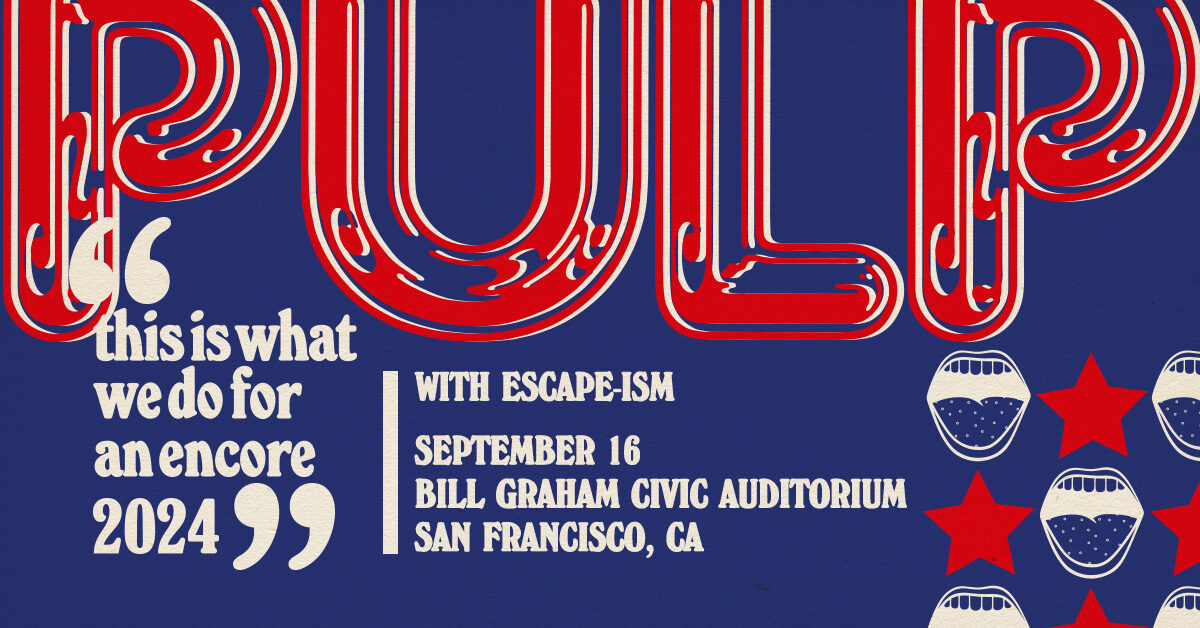Movie Review: ‘Saving Mr. Banks’ Is All Fluff

Audiences are sure to respond to John Lee Hancock’s (The Blind Side) story of how Mary Poppins jumped from the page to the screen, and while it’s a pleasant enough experience, it lacks any real gumption to do anything but squeeze in on the ballots of Oscar voters. It’s too bad, because the story of the relationship between the prickly and protective P. L. Travers (Emma Thompson), creator of the character, and Walt Disney (Tom Hanks) is an inherently interesting one. Even more interesting is the true complexity of Travers who — while portrayed excellently by Thompson — becomes a water downed version of herself in the film.
The story relies firmly on Travers who, after nearly 20 years of prodding from Disney himself, has finally decided to trek from London to Los Angeles to meet him and his creative team behind the film. Reluctant to sign away the rights, even more so to Disney as she abhors animation and musicals, she only agrees to do so due to financial troubles. As the film focuses on her efforts with the Disney creative team, including screenwriter Don DaGradi (Bradley Whitford) and music and lyrics team, the brothers Robert (B. J. Novak) and Richard Sherman (Jason Schwarzman), it intercuts memories of her childhood with her creative but alcoholic father Travers Goff (Colin Farrell) and her mother Margaret (Ruth Wilson).
The real charm for many will be that although the film Mary Poppins is seen today as a classic of the family/children genre, that is exactly what Travers didn’t want. She saw her stories, of which there were multiple that informed the script, as serious and with a real dramatic backbone. She didn’t see Mary Poppins as a fun-loving, singing maid that cheers up kids. Yet, Walt Disney implores her that it is a passion project of his –and one he promised to his kids nearly two decades before — and that he will not ruin her vision. Still, she refuses to sign the rights away until she can have a hands on approach with the script, much to the dismay of Disney and his creative team. It’s a fun story with the entire cast having a great time — including Paul Giamatti as Travers’ driver Ralph — and showcases great performances all around.
The issue is that, like Travers’ own criticism of Disney removing the real guts of the characters and story, Saving Mr. Banks does the same of her story and her relationship with Disney himself. In real life she was a bisexual, had long standing relationships with women, and adopted a son at 40. All of this is completely removed. Instead, she’s portrayed as a woman who’s built barriers around her that must be knocked down by the jovial Disney.
Of course, it’s a film and a narrative one at that. It’s not a documentary. It’s no crime to fudge reality to create a better movie. Instead, the issue is that Travers was a much more interesting and complex character than she is portrayed in the film, and there is reason to believe that Disney did play a bit fast and loose with her. She was famously not invited to the premiere of the film and, although it is portrayed in the film, the burden is on her for being difficult and snooty. In reality, there’s a strong case to be said that Disney iced her out of her own creation. But, whatever the truth is, this is a story with a strong female character at its center and which Hancock dumps all the baggage on. Disney is the good guy just looking to make a fun film from a character she created. It’s Travers who’s obtuse and difficult. She’s the problem.
Despite the historical revision, fans of Disney and Mary Poppins are sure to have a great time. Sure, it tugs at the heart strings a bit too overtly but with such a great cast having a ball, viewers are sure to walk away dabbing their eyes with a tissue and wanting to rewatch the Disney classic when they return home.
Rating: 3 out of 5







